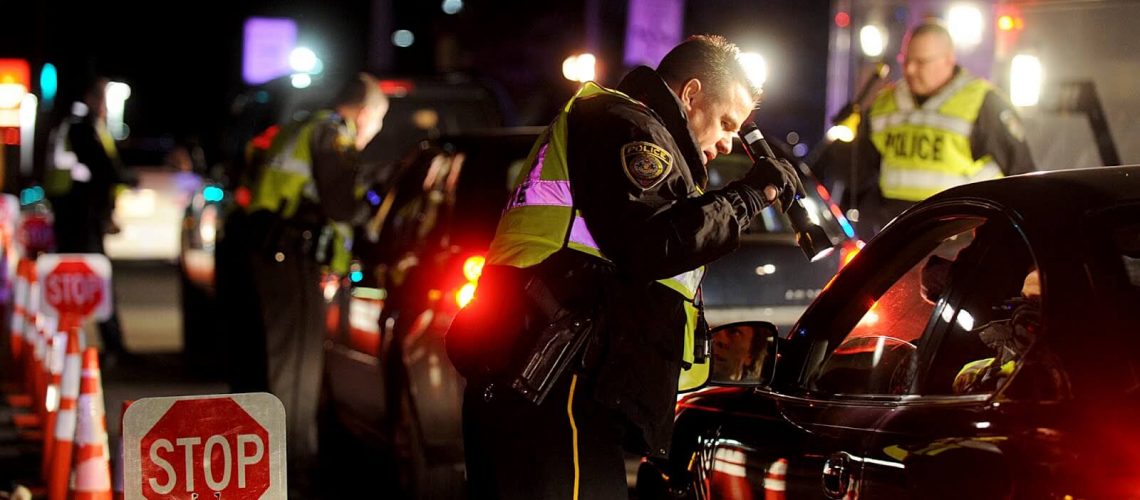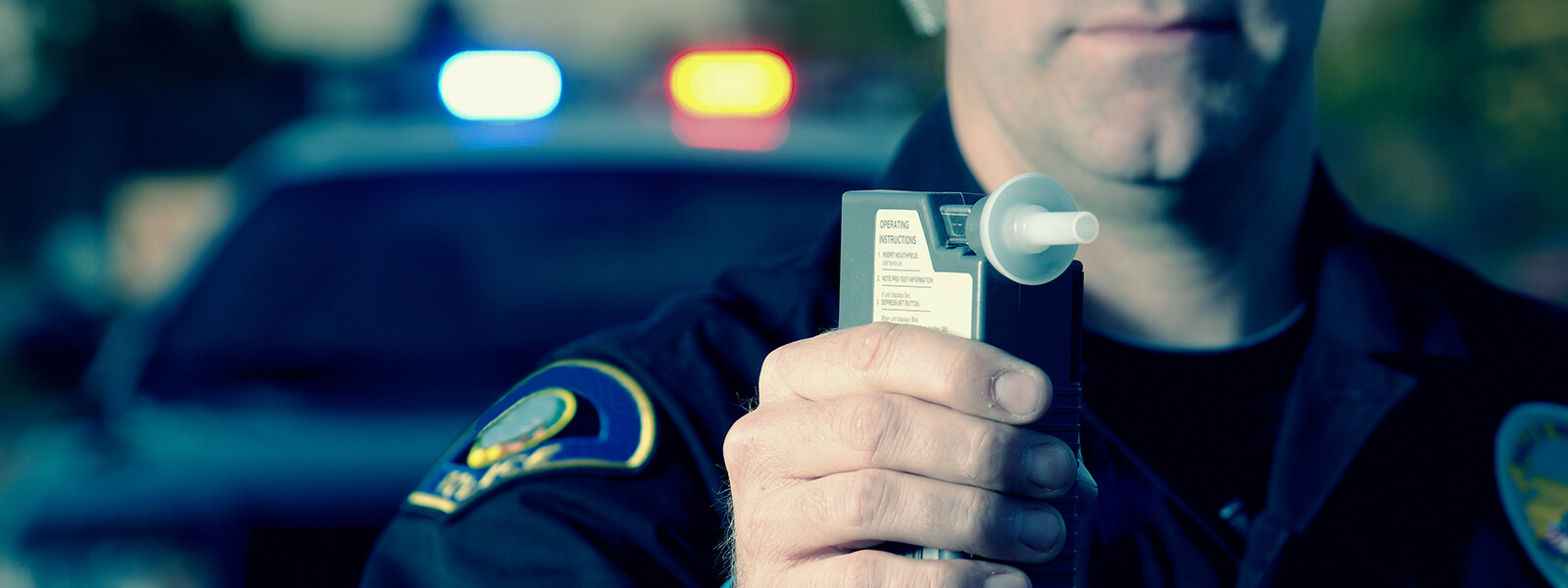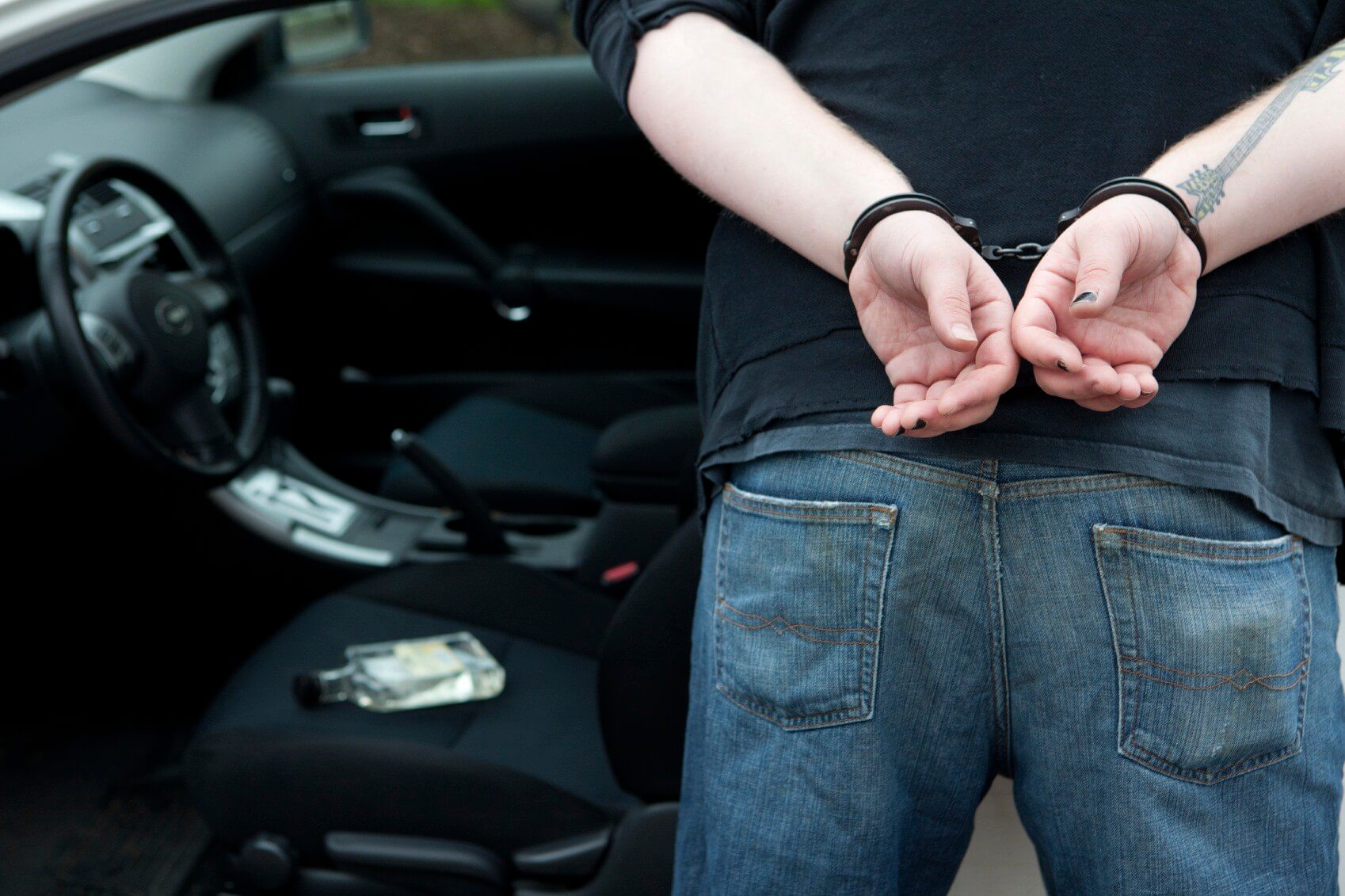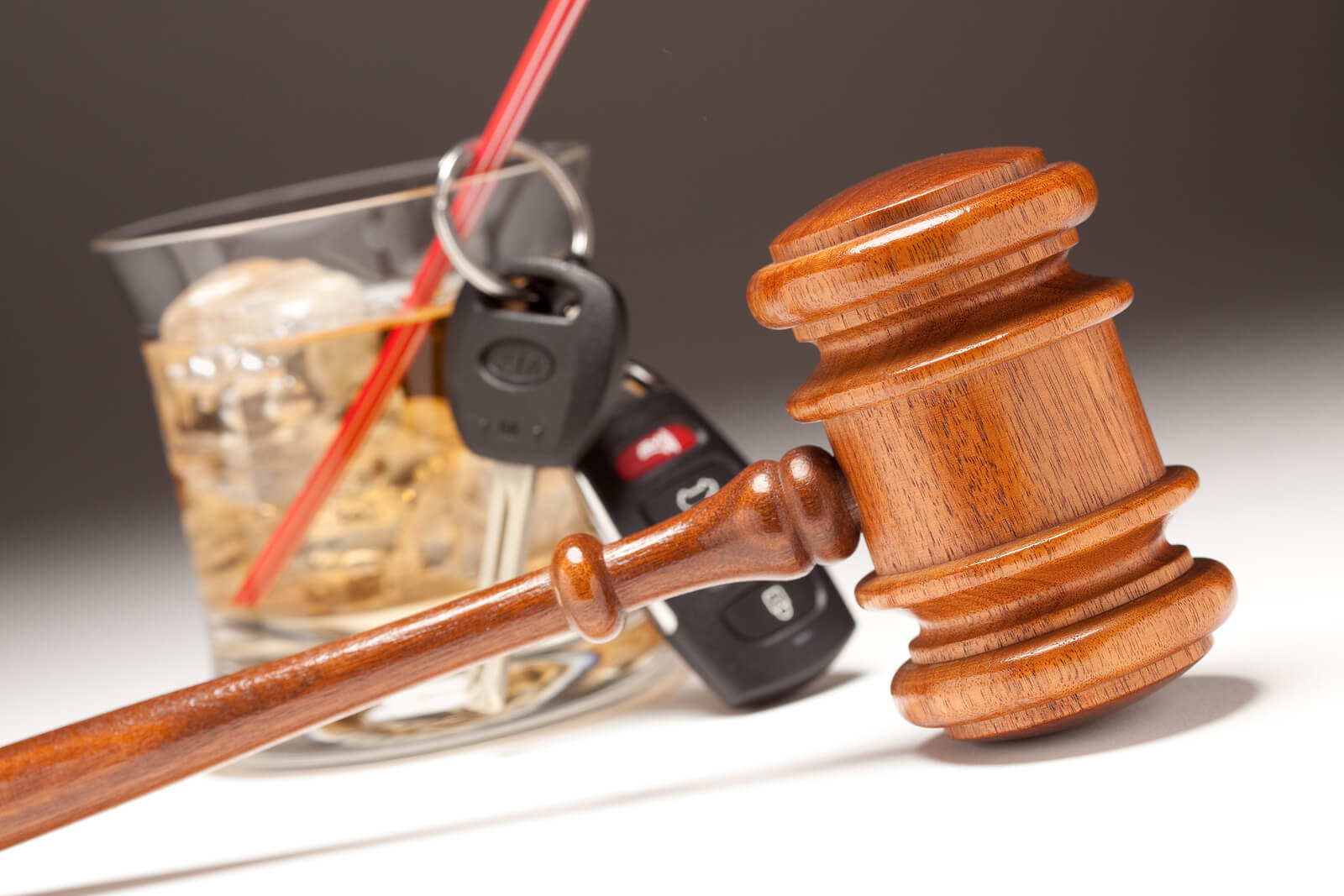DUI checkpoints have become increasingly common in the past decade. Their use has nearly tripled since 2001. They lead to hundreds of DUI arrests a month and provide the state with much needed revenue. Many drivers feel trapped when approaching a checkpoint believing that they have no choice but to go through the drunk driving checkpoint. This is not true.
Normally when a driver is stopped for DUI (Vehicle Code section 23152 A/B), officers are required to have probable cause to believe that a law has been broken before pulling over your vehicle. Many DUI cases are dismissed due to a lack of probable cause. Checkpoint DUI arrests are completely different. No probable cause is needed to approach your vehicle to determine if you are intoxicated. Police use this opportunity to check your driver’s license, to see if you have any outstanding arrest warrants, and to check for signs and symptoms of intoxication.
The signs an officer generally looks for to determine if you are driving under the influence are the following:
1. Red and watery eyes
2. Slow and slurred speech
3. Odor of alcohol on the breath
4. Lack of coordination
5. Fumbling with your driver’s license or registration
If the officer believes that you may be “drunk driving,” they will have you pull to the side of the checkpoint to undergo field sobriety tests. Often they will administer a breath test during the field sobriety tests known as the PAS (Preliminary Alcohol Screening test) to determine your blood alcohol level.
There are many laws which restrict how checkpoints can be conducted. It is required that checkpoints be publicized, meaning advance notice has to be given to drivers. Checkpoints must be published in newspapers, online, and warning signs must be posted before approaching the checkpoint area to warn drivers of the checkpoint ahead. Flashing lights are required to clearly mark where the checkpoint begins.
One of the most common mistakes drivers make is believing that they must proceed through the checkpoint. The California vehicle code and state law specifically allow for drivers to intentionally evade a checkpoint or turn away from one, so long as the driver obeys all traffic laws in doing so. Making an illegal u-turn away from a checkpoint will practically guarantee getting pulled over and detained for a DUI investigation. But if a driver uses an available turn off or exit legally, they cannot legally be detained.
There are currently various smartphone applications which will automatically alert drivers to nearby checkpoints, which are available on iOS and Google Play.
If you are detained at a checkpoint and booked for driving under the influence, you face a maximum of 6 months in jail on a first DUI, and one year in jail on any subsequent DUI.
It is imperative to contact our office immediately to ensure that your rights are protected and your case is handled in the best possible manner to ensure your freedom. We specialize in DUIs and can quickly determine if the checkpoint was conducted in accordance with prevailing law, or if the case can be dismissed or reduced based on the facts of your case.






